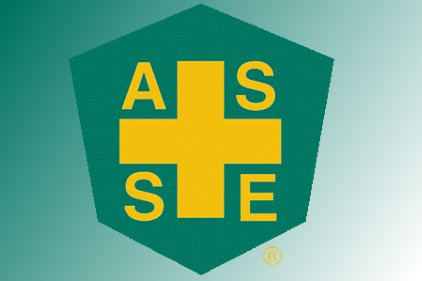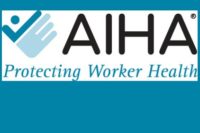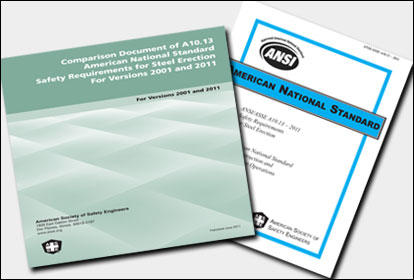ASSE backs recommended VPP changes

 The American Society of Safety Engineers (ASSE) says the recommendations in OSHA's recently released ‘Voluntary Protection Programs (VPP) Review’ report would help encourage the involvement of employers who have joined with their workers in a commitment to safe and healthy workplaces in VPP.
The American Society of Safety Engineers (ASSE) says the recommendations in OSHA's recently released ‘Voluntary Protection Programs (VPP) Review’ report would help encourage the involvement of employers who have joined with their workers in a commitment to safe and healthy workplaces in VPP.
VPP promotes effective worksite-based safety and health by establishing cooperative relationships between management, labor, and OSHA in order to implement comprehensive injury and illness prevention plans. VPP sets performance-based criteria for a managed safety and health system, invites sites to apply, and then assesses applicants against these criteria.
In his letter to Assistant Secretary of Labor for OSHA Dr. David Michaels, ASSE President Richard A. Pollock, CSP, noted the value of VPP and its positive affect on increasing safety and health at workplaces countrywide.
“The review validates the value of VPP and provides, in most respects, a positive set of recommendations for ensuring that the program can continue to encourage the involvement of employers who have joined with their workers in a commitment to safe and healthy workplaces,” Pollock noted. “ASSE members value VPP as a means of helping them commit their employers to meaningful, ongoing measures that bring workers and management together to achieve workplace safety and health outcomes far above minimal compliance.
“ASSE is pleased the report recommends OSHA continue to allow VPP participants to be exempt from programmed inspections even in industries where OSHA has a National Emphasis Program,” Pollock continued. “Given the measurable high performance of VPP participants in protecting their workers, exemption from programmed inspections makes good sense and helps OSHA focus its limited resources on employers who cannot or will not meet OSHA’s minimal standards.”
ASSE urged OSHA to take the steps outlined in the report needed to implement the variety of recommendations aimed at improving the agency’s internal controls, audits, consistency in administration and enforcement across regions, staff training, and data collection to help ensure VPP is run efficiently and that only those employers who meet program guidelines are able to participate. At the same time, ASSE urged caution in moving forward with a recommendation to put participants that have experienced a fatality on inactive status, urging a more nuanced and cooperative approach to examining why a fatality, a nearly missed fatality or other significant event occurs.
“The more efficiently any OSHA program is run, the more resources OSHA will have for other tools to encourage employer commitment to safety and health. Likewise, the more consistent an OSHA program is across the country, the greater faith employers will have in OSHA,” Pollock noted.
The OSHA review of the VPP program followed a May 2009 Government Accountability Office (GAO) report of VPP that said, “Improved oversight and controls would better ensure program quality.”
Looking for a reprint of this article?
From high-res PDFs to custom plaques, order your copy today!





